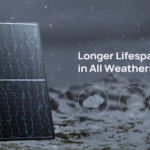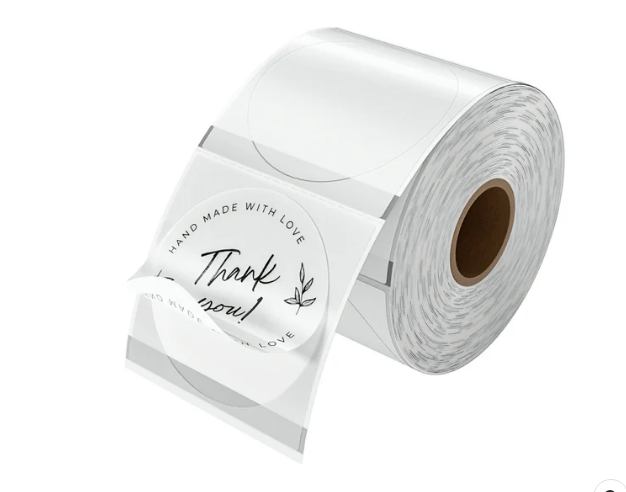Social media isn’t just shaping trends or fueling viral dances. It’s shaping the way people, especially teens and young adults, view drug use—and it’s doing it in the most casual, quiet way possible. With the endless scroll of posts that blur entertainment with influence, dangerous behavior doesn’t just sneak in. It gets dressed up, filtered, captioned with a joke, and handed out like it’s part of growing up.
While conversations about drug policy, fentanyl overdoses, and mental health swirl in headlines, what’s often missing is an honest look at where the seeds are getting planted. Behind curated grids and flashy short-form videos, social media has become a silent stage for substance glamorization. And nobody’s regulating the script.
The Influence Feels Personal, Because It Is
There was a time when anti-drug campaigns could warn kids about the dangers of peer pressure. The trouble now is that peer pressure doesn’t always look like a friend handing you something in a parking lot. It might look like a cool influencer in a penthouse suite holding a red Solo cup and telling a story about their “wildest night ever.” It might look like a skit where someone “accidentally” takes too many pills and laughs it off in the comments.
Young people don’t scroll through these things in a detached way. They watch, react, and absorb. And because the content feels personal and unfiltered, it hits deeper than any glossy ad ever could. The trust built between a follower and a content creator becomes a dangerous door. When that creator normalizes substance use—intentionally or not—it turns experimentation into something that feels casual, acceptable, even funny.
When parents try to have the old-school “drugs are dangerous” talk, they’re often doing it without realizing the messages their kids are getting daily from their phones. That’s not just a gap. It’s a canyon.
Addiction Hides Better Behind a Filter
Drug use rarely begins with something hard and fast. It creeps in slowly. Maybe it starts with vaping to fit in, or a drink to calm anxiety. But when social media makes substances look like solutions instead of problems, the slope gets slippery fast.
Part of the problem is how addiction is presented—or ignored—on these platforms. People joke about being “so hungover they can’t move,” or post videos of friends blacking out at parties. Prescription pills are tossed around like party favors in some online circles. And when someone does hint at dependence, it’s often shared in a way that gets laughs, not concern.
It’s no surprise that mental health struggles are rising at the same time. Anxiety, depression, and loneliness are common, especially in younger users. And when social media makes substances seem like a normal, relatable way to cope, the line between fun and dependency disappears.
There are alcoholism warning signs baked into this content, but nobody’s calling them what they are. A user who drinks every day and posts about “needing a glass to survive Monday” might be quietly struggling—but the likes and comments just keep the joke going. Until it isn’t funny anymore.
Rehab Can’t Compete With the Highlight Reel
Addiction treatment centers don’t exactly get the same online traction as flashy party videos. And recovery—real recovery—is hard to romanticize. But it’s worth talking about, especially when someone’s entire perception of drug use comes from an edited version of reality.
People who do seek help often describe a moment where everything just clicked. For some, it’s an overdose scare. For others, it’s the realization that they’ve lost control. But in a world where everything is filtered and reshaped to fit an aesthetic, admitting something is wrong feels almost rebellious.
That’s why well-designed, human-centered recovery programs matter. They go beyond detox. They meet people where they are, and they treat the shame that social media avoids at all costs. Take Turning Point Recovery, a drug rehab in Fort Worth, TX, or Passages, a drug rehab in Malibu, CA, for example—these programs stand out because they offer a path back to self-worth. They don’t just remove substances. They rebuild the whole picture.
The challenge is getting that message through the noise. While social media keeps pumping out content that makes addiction seem glamorous or manageable, real recovery stories are often buried under memes and trending audio clips. That’s not just unfortunate—it’s dangerous.
The Trend Nobody Talks About: Subtle Escalation
Nobody starts with the worst-case scenario in mind. No one tries something for the first time thinking it’ll end with rehab, or worse. But that’s exactly what makes social media’s influence so slippery. It doesn’t shove hard drugs in anyone’s face. It just turns down the volume on consequences and turns up the fun.
That subtle escalation is what blindsides people. One moment, it’s a weed gummy “just for fun.” Then maybe something stronger after a breakup. Then maybe a pill at a party because everyone else is doing it. Before long, it’s no longer about fun. It’s about survival. About chasing a feeling that no longer delivers.
And none of that shows up in the highlight reel.
Social media isn’t making anyone pick up a drug, but it’s making the decision easier. It’s taking away the mental speed bumps that used to make people hesitate. And it’s doing it with humor, filters, and a sense of connection that feels too good to question.
Why Parents, Teachers, and Friends Need to Be Louder
There’s no way to pull the plug on social media entirely. And realistically, nobody’s going to delete Instagram or TikTok just to avoid seeing substance-related content. But that doesn’t mean the influence can’t be interrupted.
What young people need isn’t scare tactics or lectures. They need people in their lives who are willing to have real, ongoing conversations. Not just about drugs, but about the pressure to perform, the weight of comparison, the mental toll of always being “on.” The more those topics are allowed out into the open, the less power filtered content holds.
Because once someone understands what they’re actually seeing—and what’s being left out—it gets easier to scroll without swallowing the message.
The social media machine isn’t slowing down. But that doesn’t mean its grip on substance culture has to go unchecked. The more people speak plainly, ask real questions, and recognize the quiet dangers hiding in the scroll, the harder it becomes for addiction to hide in plain sight.
Keep an eye for more latest news & updates on Internal Insider!










